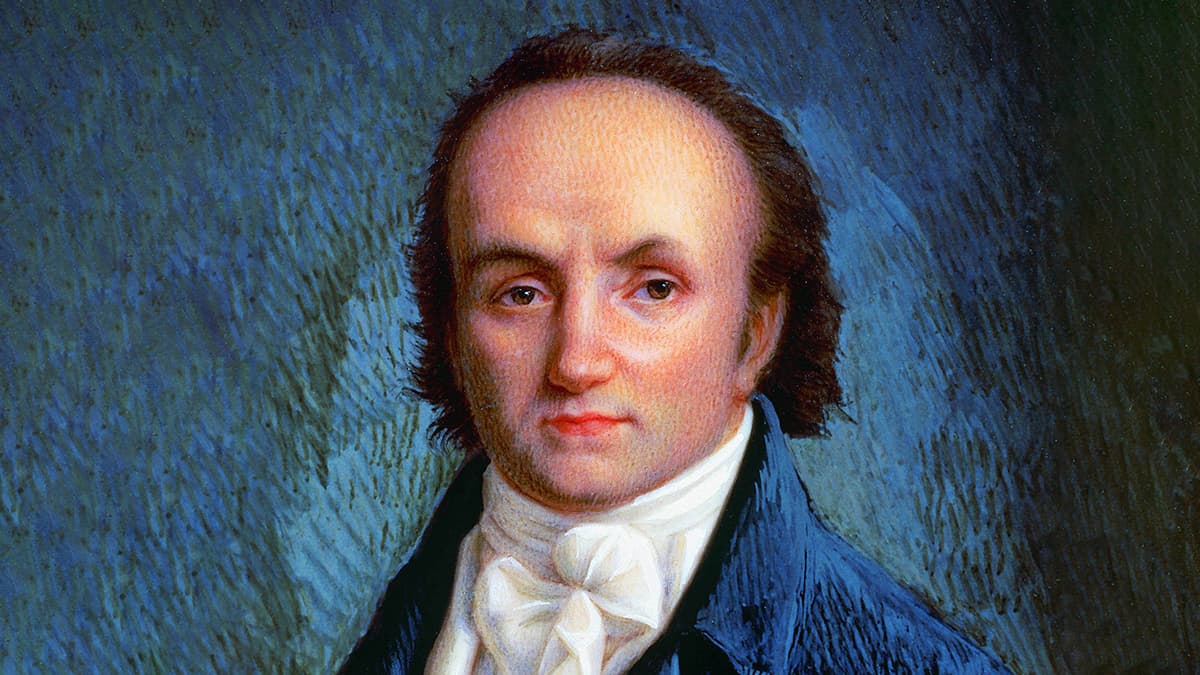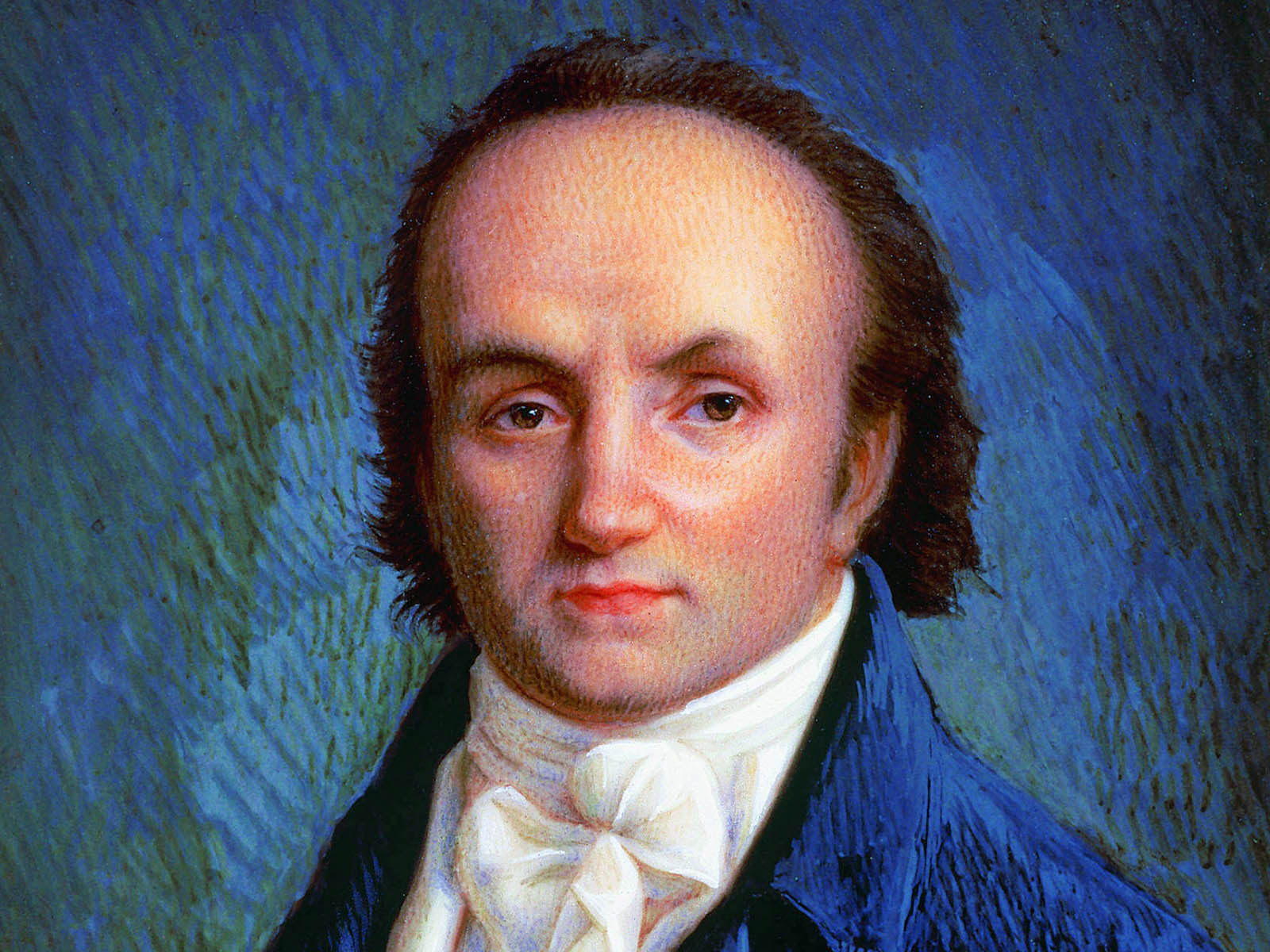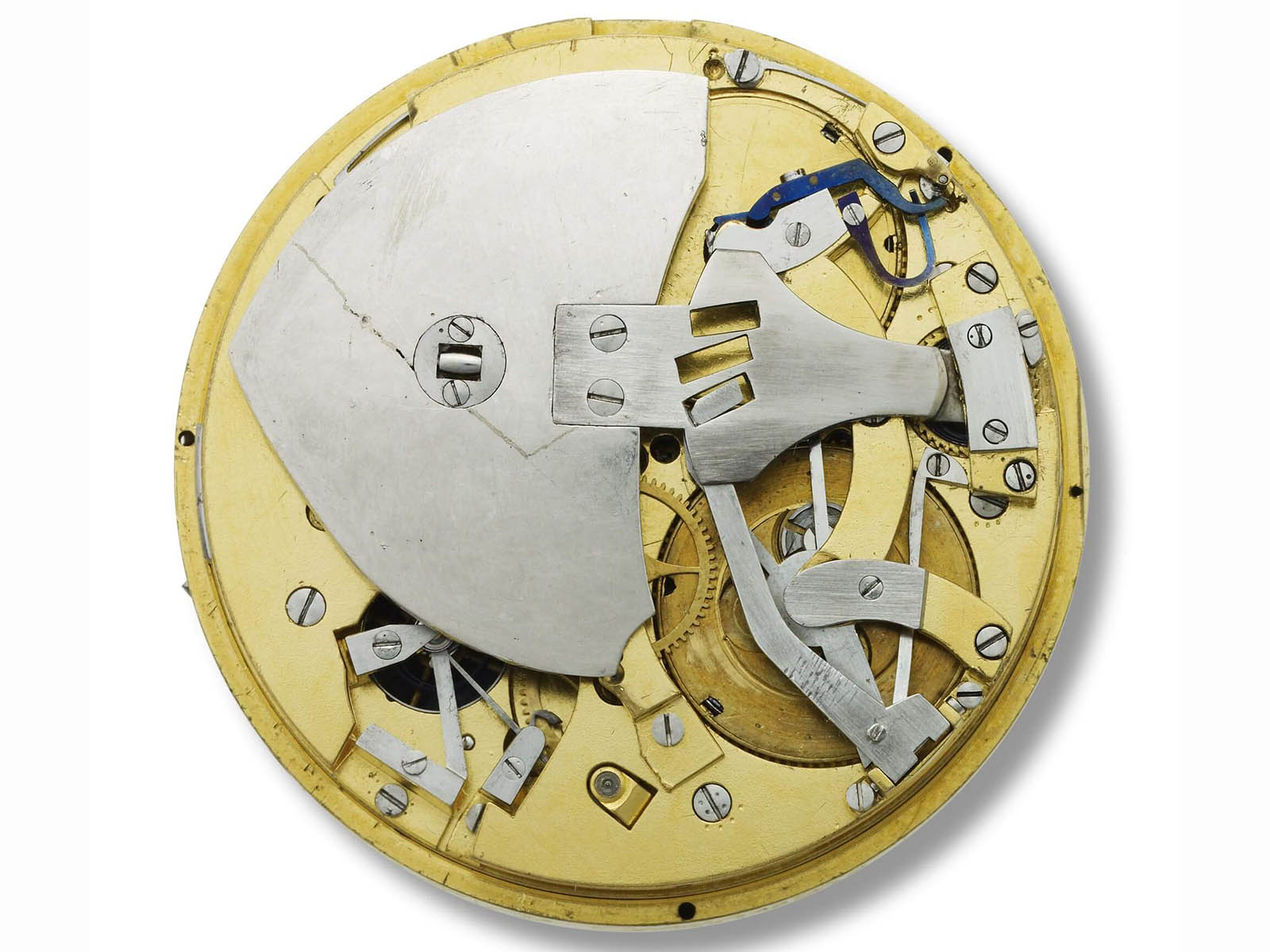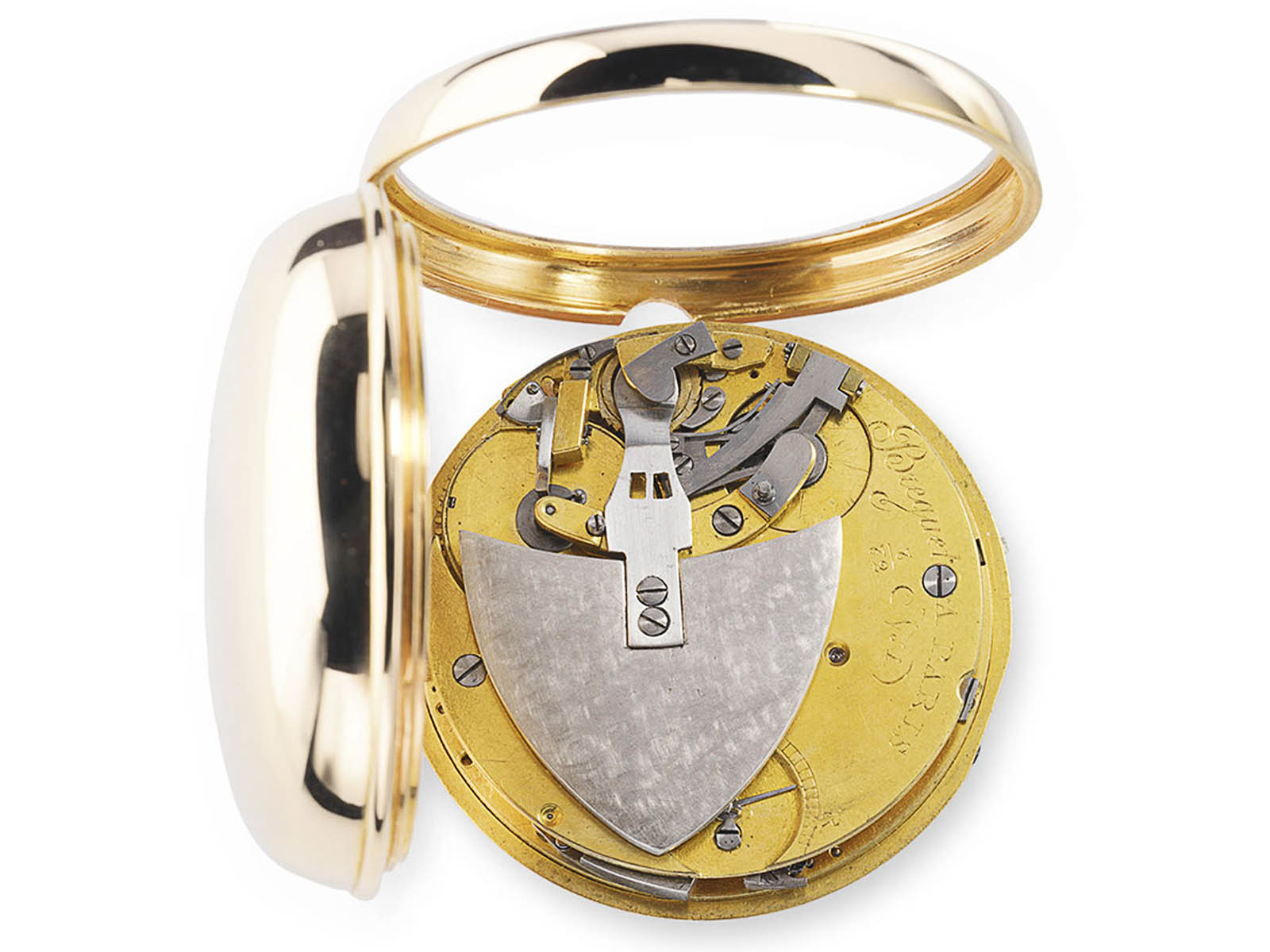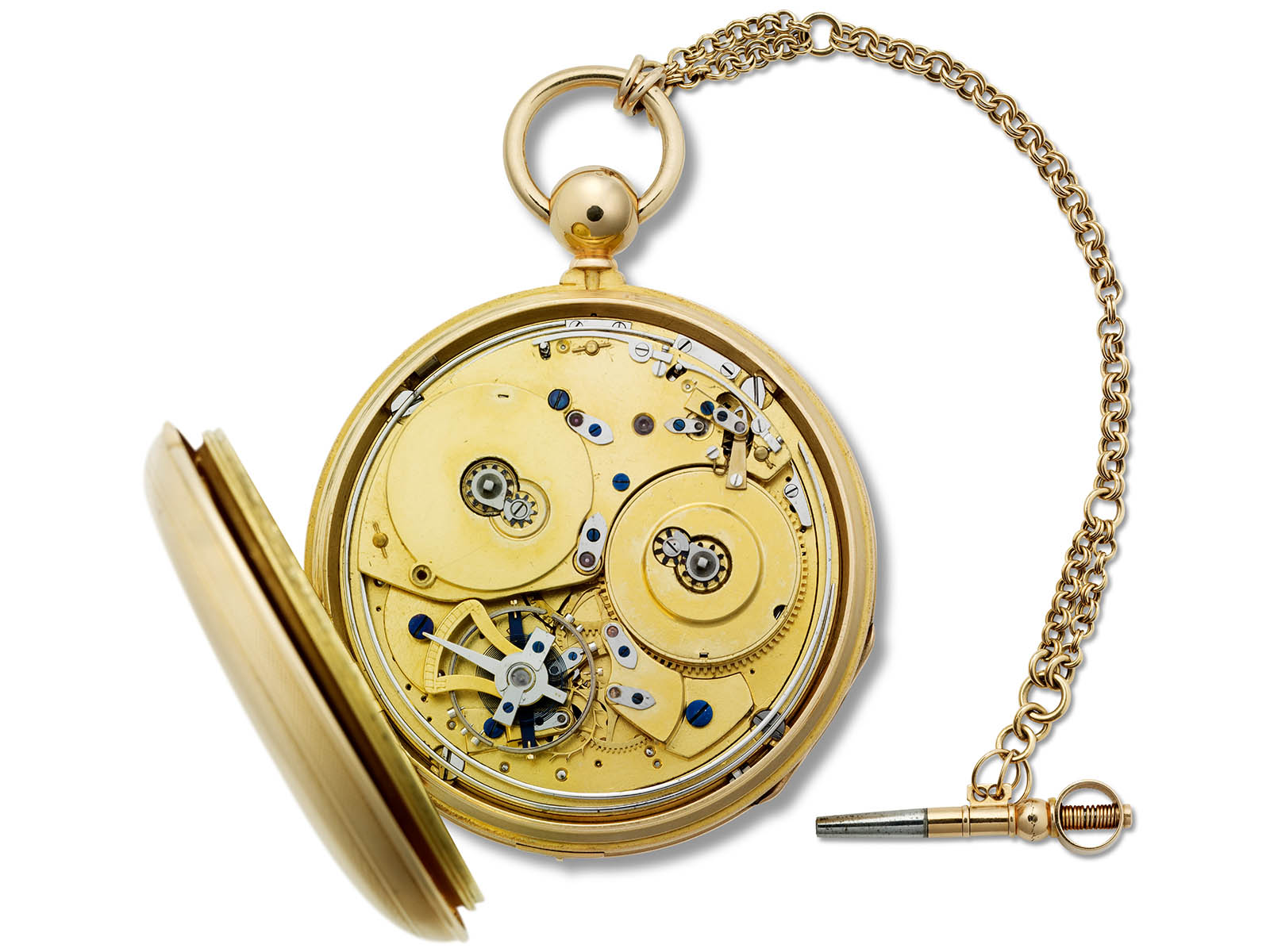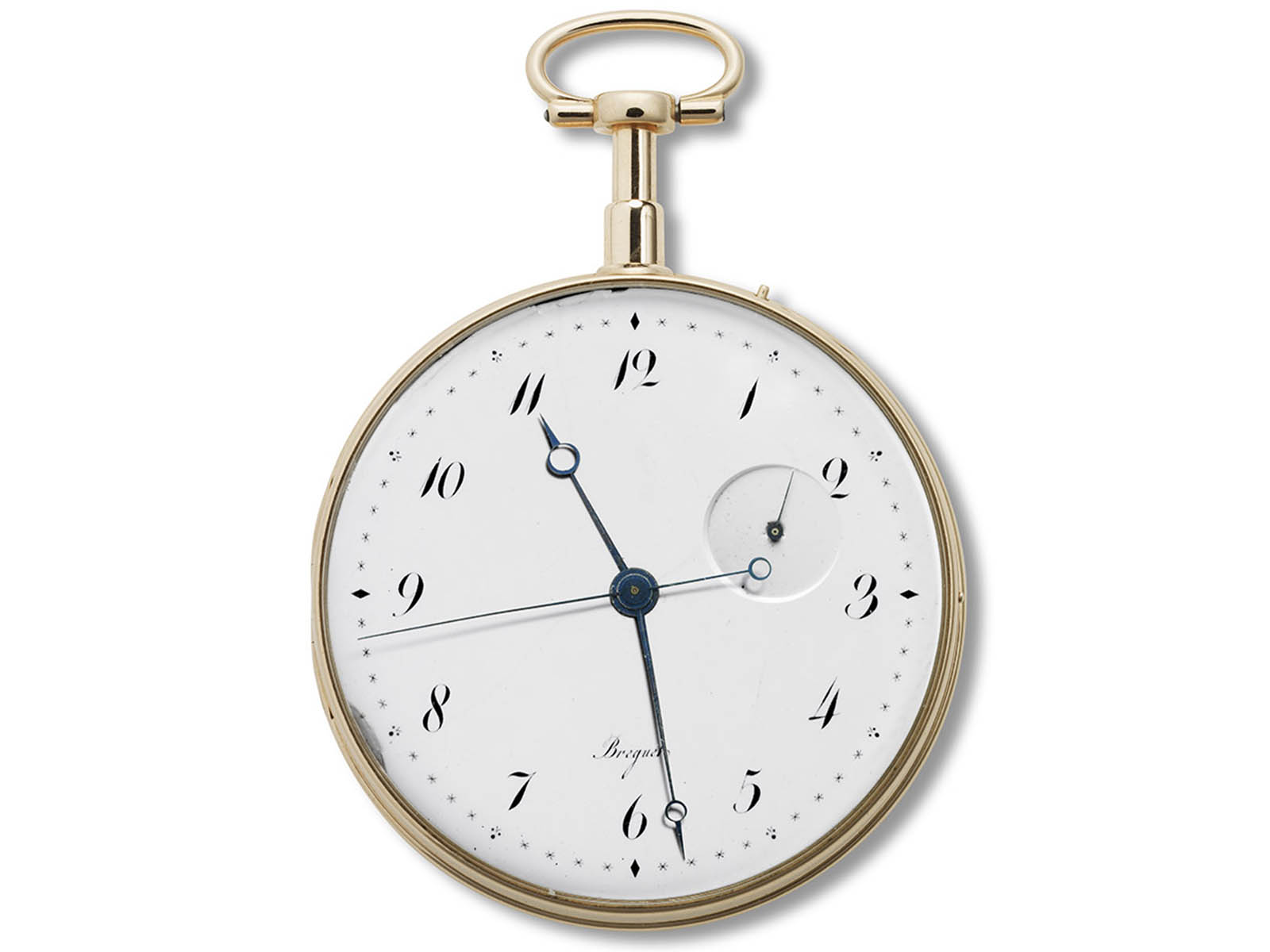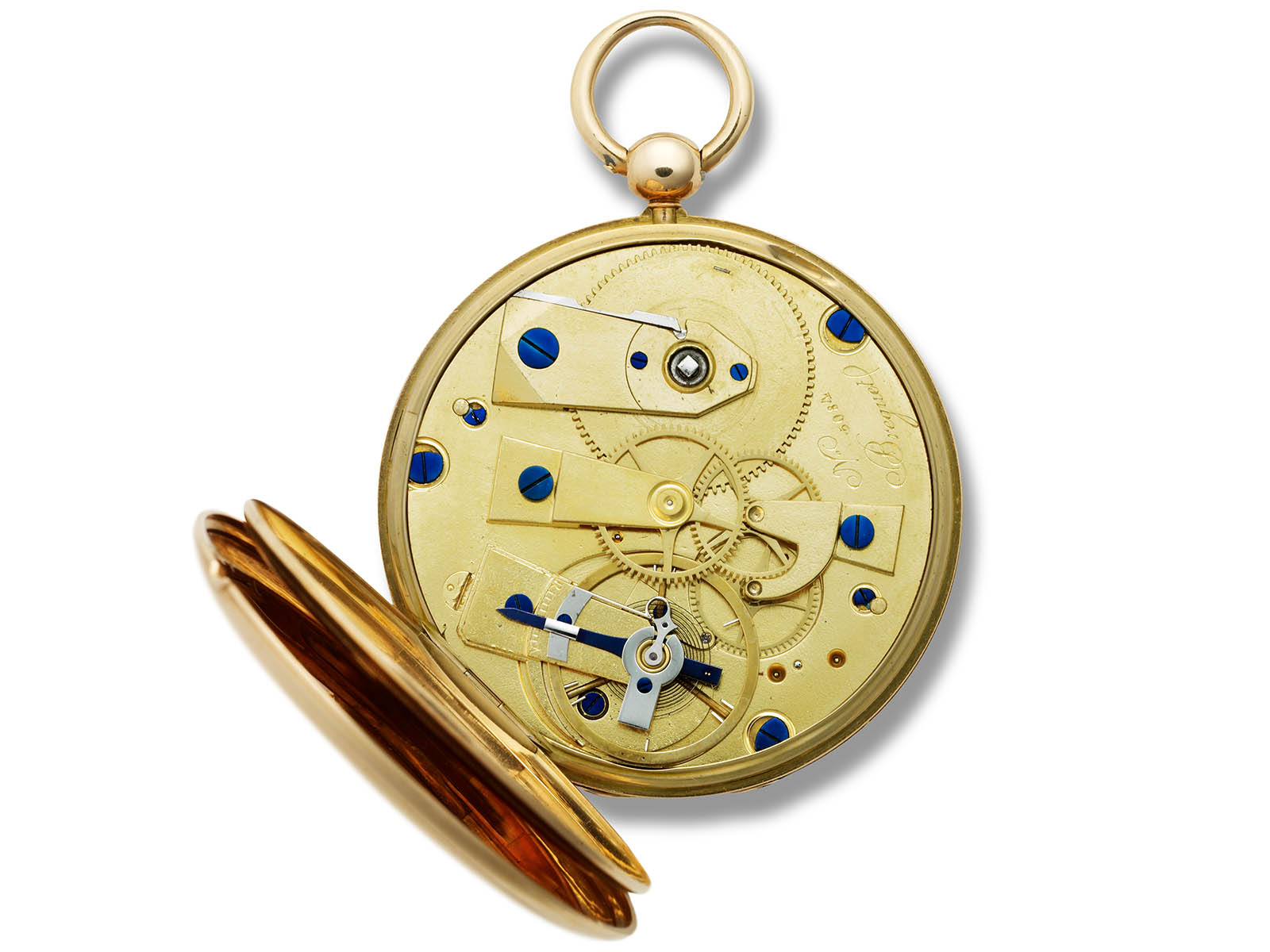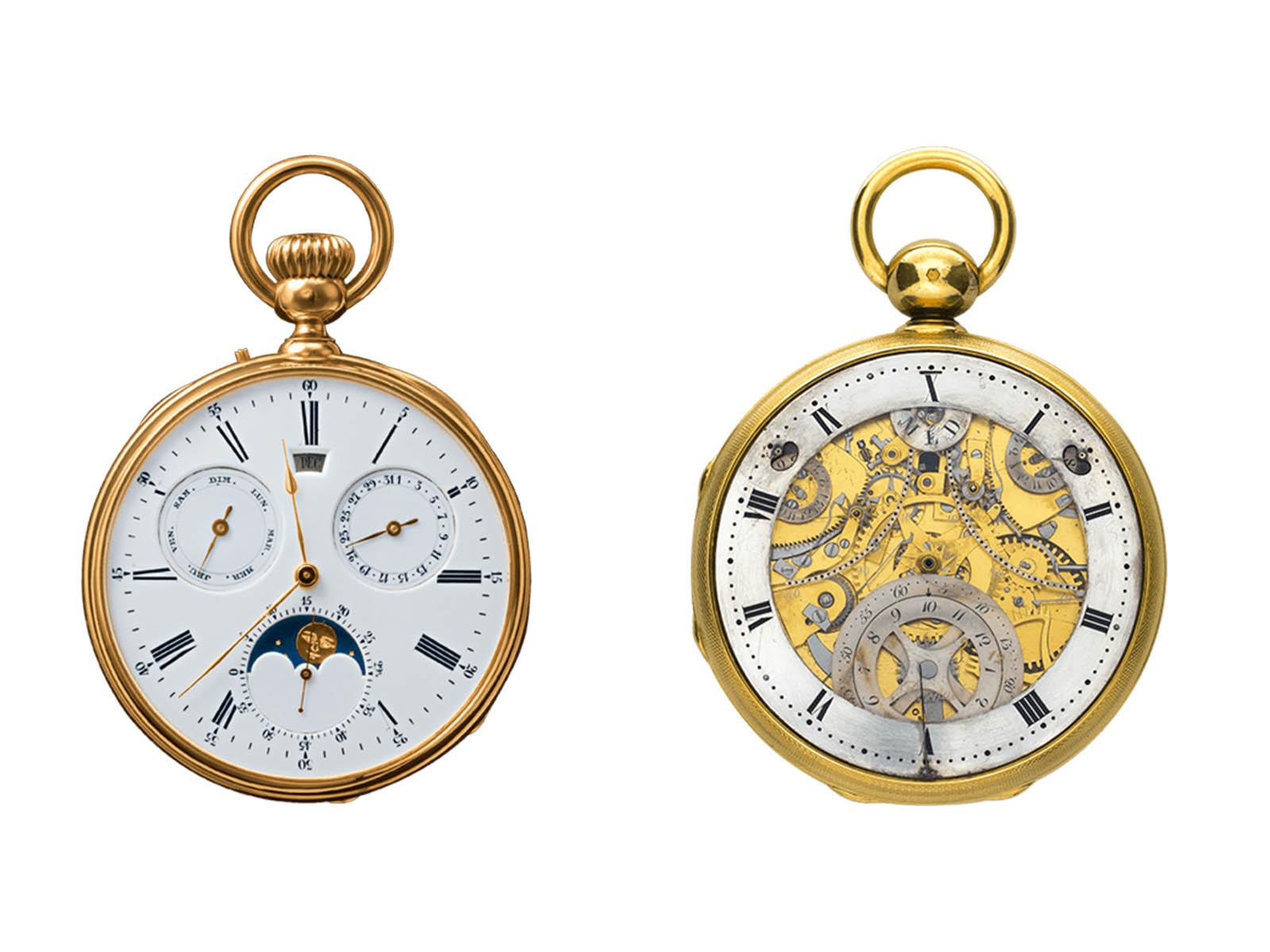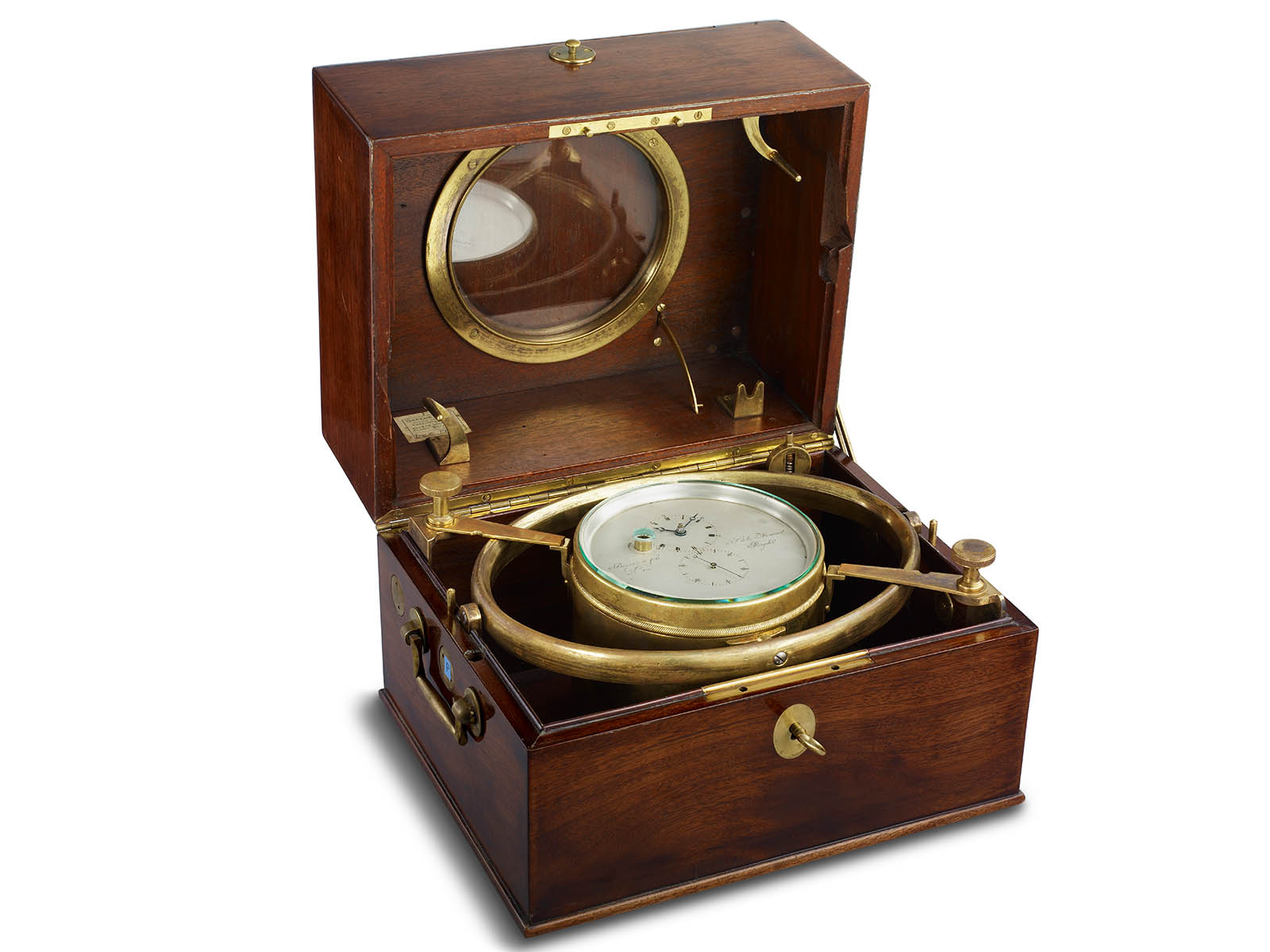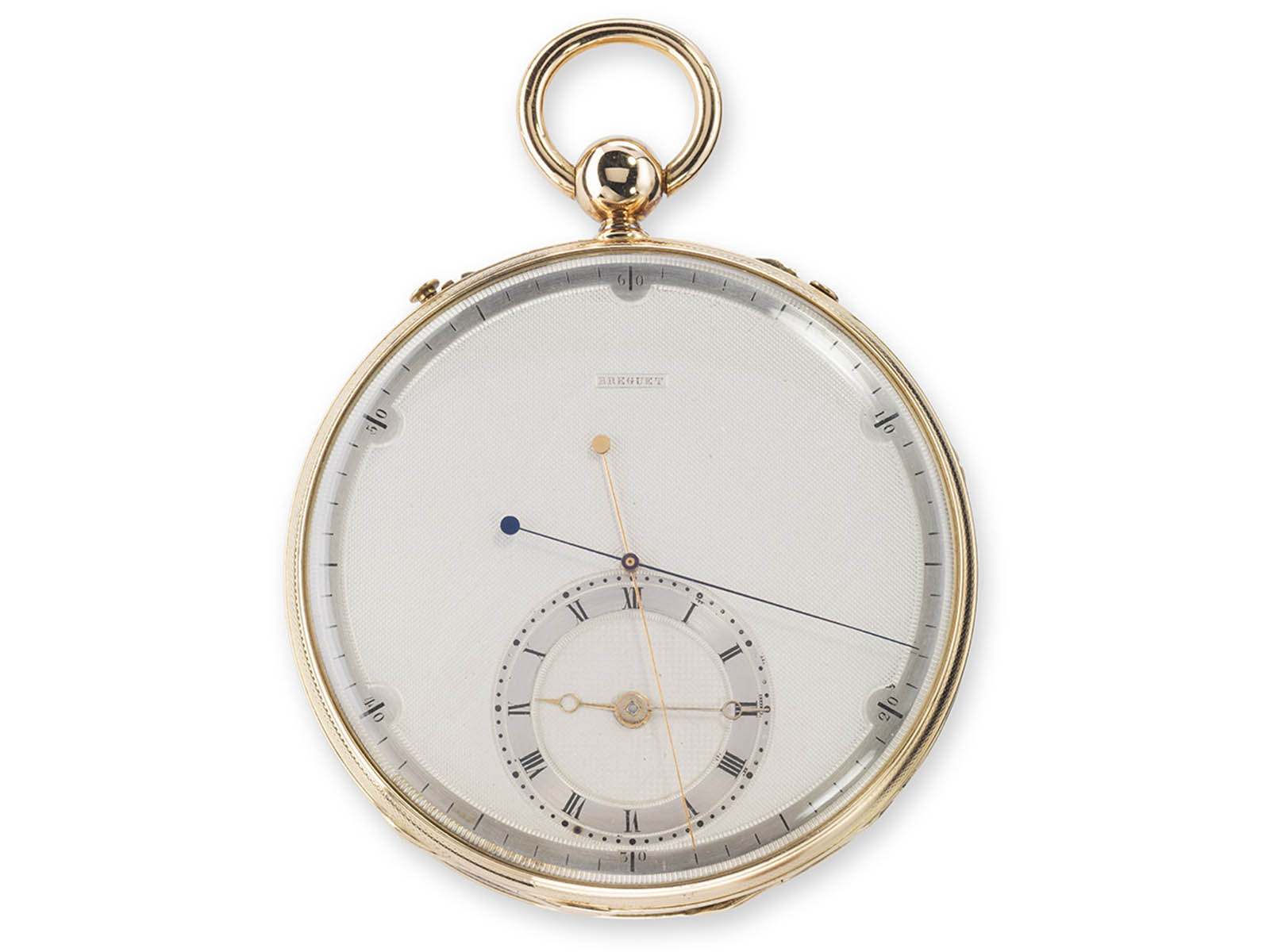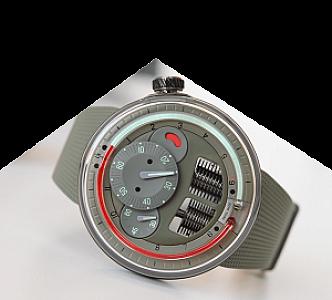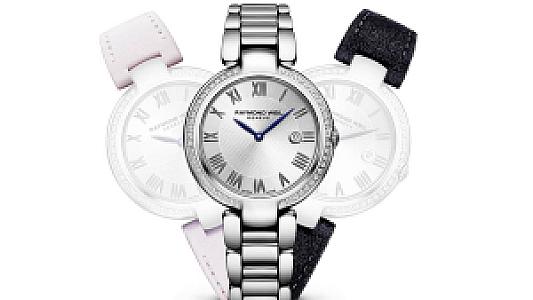Abraham-Louis Breguet, who has brought watchmaking to its present form in his painful life, became eternal with the great legacy he left behind.
Abraham-Louis Breguet (1747-1823)
In our previous article, we wrote Breguet's life full of sorrow. In this article, we will talk about the innovations he has brought to watchmaking.
1780, Perpétuelle - Automatic Winding Watch
The world's first reliable automatic watch came from the hands of Breguet. When the person wearing the pocket watch walked or moved inside a vehicle, a weight attached to the movement was vibrating and winding the mainspring. As long as the person is in motion, the mainspring remains worn and the watch displays the correct time. The first Perpétuelle was sold to the Duke of Orleans in 1780. The watch was unique with its power reserve indicator and small seconds on the dial.
When Breguet developed the automatic movement, he used the name 'montre perpétuelle', which means 'perpetual watch’ in French.
1783, 'Gong' for Minute Repeater Watch
The minute repeater is a complication used to remind time every 15 and 1 minutes in dark. When the calendars showed 1783, Breguet found an innovative method that placed a steel wire hammer inside the movement instead of the gong located on the outer edge (À toc) that hit directly to the case. This new system allowed the watchmaker to design thinner watches and get cleaner sounds. Most watchmakers immediately adopted this method of Breguet.
1783, Breguet Hands and Markers
In 1783, Breguet designed hands with circle motifs that were quite sharp and turned blue because of heat treatment. Usually embroidered on a white enamel dial, large markers leaning slightly to the right accompany this beautiful design. Breguet’s hand and marker designs are still being used today.
Guilloche Pattern
"Guilloche", which we encounter a lot today, is a very nice looking pattern that is obtained by repeating and generally applied by hand. Breguet frequently used this pattern, especially in the late 1780s. More than just a decorative element, the Guilloche pattern suppresses the reflection of the metal dial plates under the light.
1790, Shock Absorbing Pare-Chute System
When the watch falls to the ground or receives an impact, the shaft of the balance wheel is damaged. In 1970, Breguet developed a system to prevent damage by absorbing the shock that the balance was exposed to and called this system 'Pare-Chute'. The tip of the pivot of the balance wheel is cut into a cone shape, fixed in place with a dish of a matching shape, and mounted on the strip with a spring. The pare-chute is the forerunner of the modern “Incabloc” system.
1795, Perpetual Calendar
Breguet developed the perpetual calendar that shows the day of the month, day of the week, and the name of the month, while automatically correcting the year cycle in 1795. In this period, the watchmaker lived in Switzerland, away from the confusion of the French Revolution.
1801, Tourbillon
The master watchmaker Abraham-Louis found the tourbillon, one of the highest complications of horology named after the French word for ‘Hurricane’, in 1801. This complication continues to be used for prestige despite being needed, as you already know.
1810, Queen of Naples
Breguet developed the first known wristwatch at the request of Napoleon Bonaparte's sister, Carolina Murat. He called the watch 'Queen of Naples' because of the title Carolina held due to being married to Napoleon. It is said that the watch has been equipped with a minute repeater movement accompanied by a thin case and a gold plated bracelet.
1815, Marine Chronometer
The calendars showed 1815 when Abraham-Louis Breguet developed a high-precision 'marine chronometer' with two barrels. In the same year, he was awarded the title of 'Horloger de la Marine' (watchmaker of the French Royal Navy). For watchmakers living in the 18th and 19th centuries, it was the greatest honor to be a manufacturer of marine timepieces to determine the longitudes of the ships at sea.
1820, Split Second Chronograph
Split Second Chronograph watches have two different second hands to measure time. Both hands overlap and start working simultaneously. However, one can be stopped independently in the middle of the measurement, and then it can be pushed forward to catch the other. This function allows measuring the intermediate times or elapsed times of two different events in motion. The split-second chronograph we know and love is based on this invention of Breguet.
